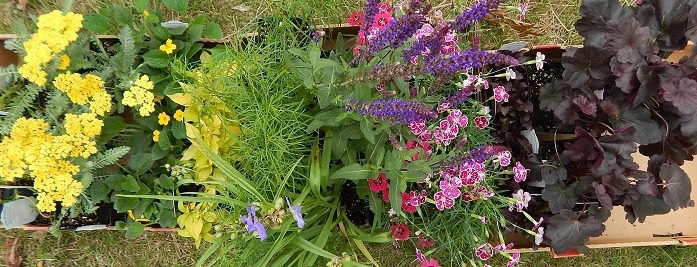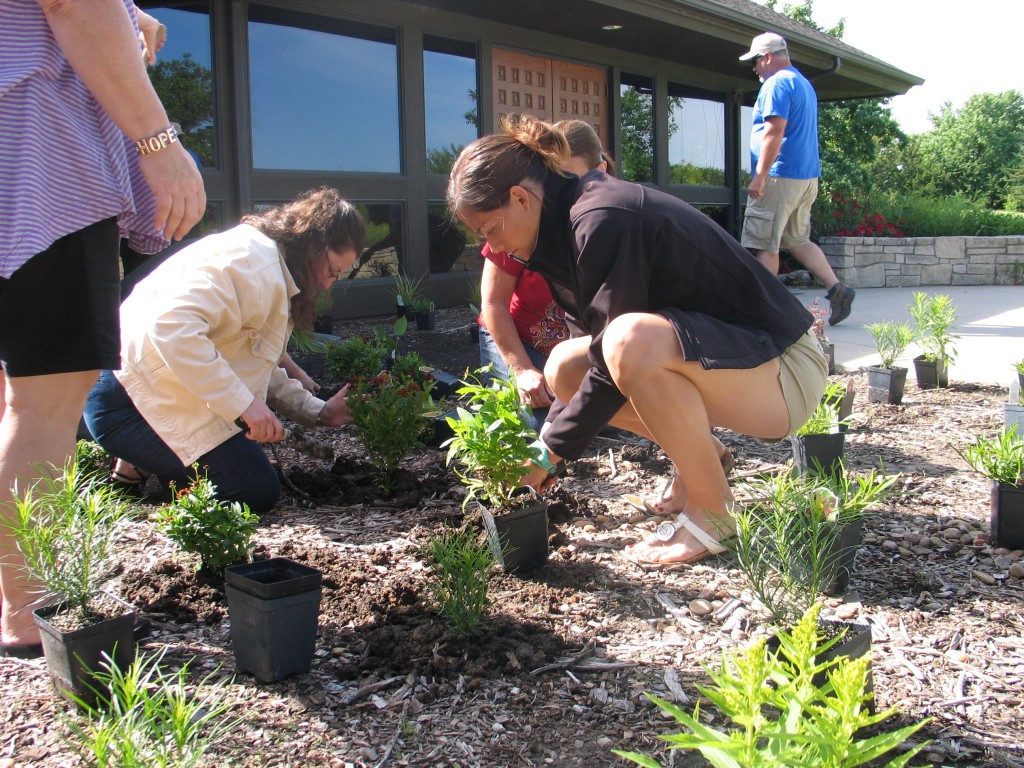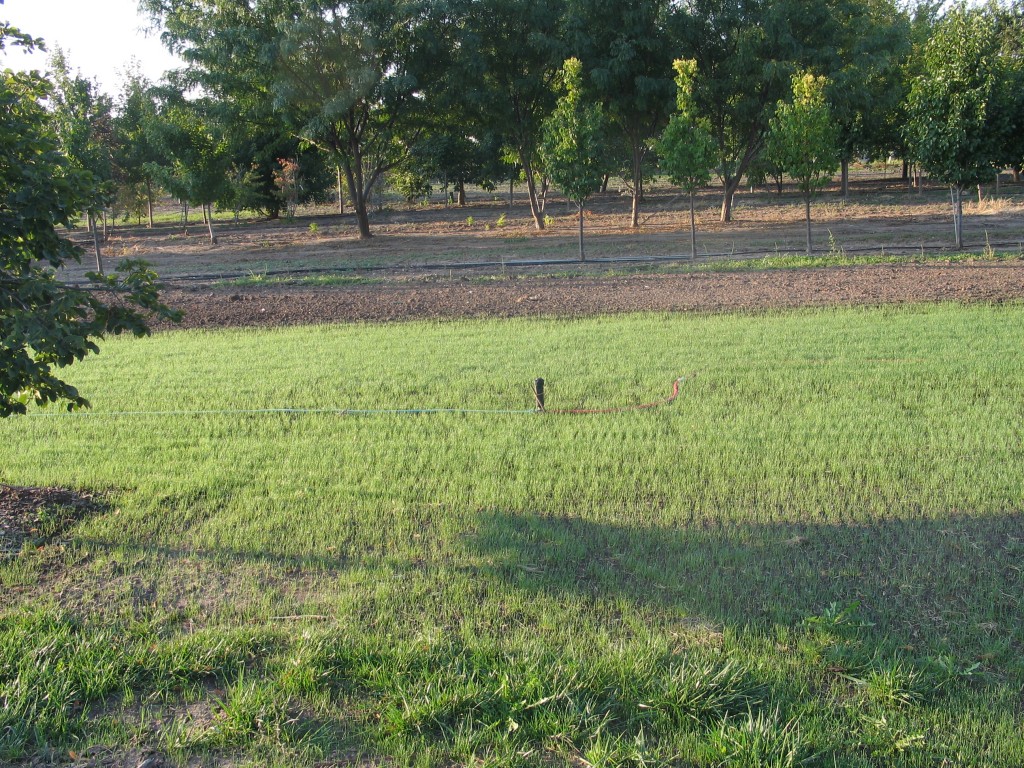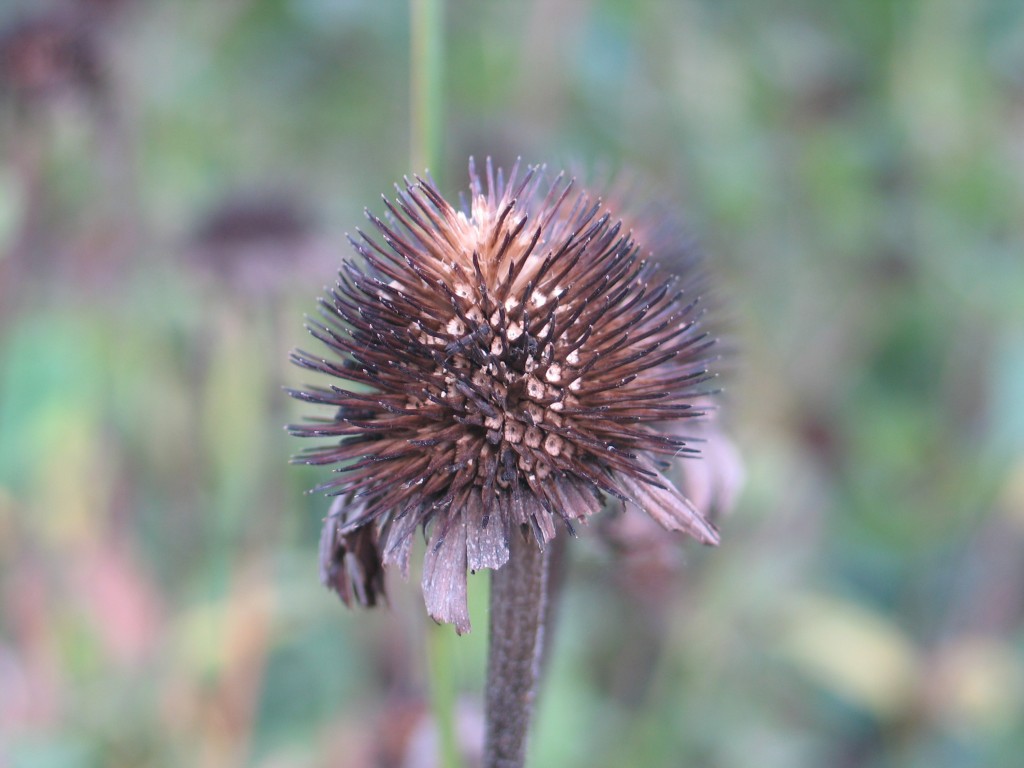Growing plants in Kansas can be a challenge. This spring we had an abundance of moisture – too much in fact – and now we are experiencing expanding drought conditions throughout the state. With the landscape in a state of dormancy, you may forget to water those parched plants. With winter upon us, how do you keep your plants alive? Here are some winter watering tips that will save your landscape investment.
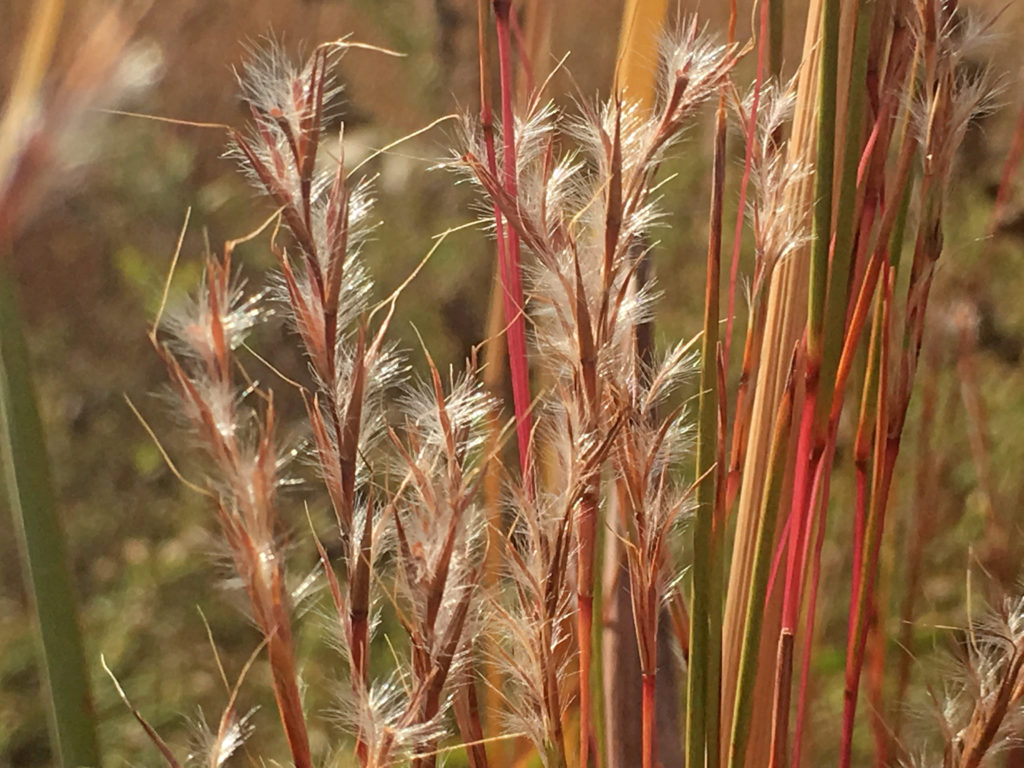
Should I water my garden in winter?
Even though plants have gone dormant and lifeless, they should be watered periodically. Newly planted perennials, trees and shrubs have not developed the extensive root systems to sustain them through a dry winter. Dehydrated plants will struggle to survive the winter even when they are not actively growing. Your plants are thirsty, so you will need to give them a drink.
Cold weather watering tips
- Look at the soil around your plants. If the top inch or two is dry you must water the plants.
- If the soil is unfrozen, water on days above 40-45 degrees
- Obviously, it is better to water after noon so water has time to infiltrate the soil before freezing at night.
- Water through the winter any time the top inch or two of soil is dry.
- Evaporation rates are slower during the winter, so you may only need to water once or twice a month.
- If it stays dry through the winter months, it is critically important to water as the plants break dormancy next April and May.
What to water in winter
- Plants installed this year (perennials, trees, shrubs and cool season turf)
- Established cool season (fescue) turf, especially under trees and around shrubs. Roots are competing for moisture with the grass roots
- Pay special attention to evergreens as they are more susceptible to winter dry-out.
- If it is especially dry, even established trees, shrubs and perennials will benefit from an occasional winter watering.
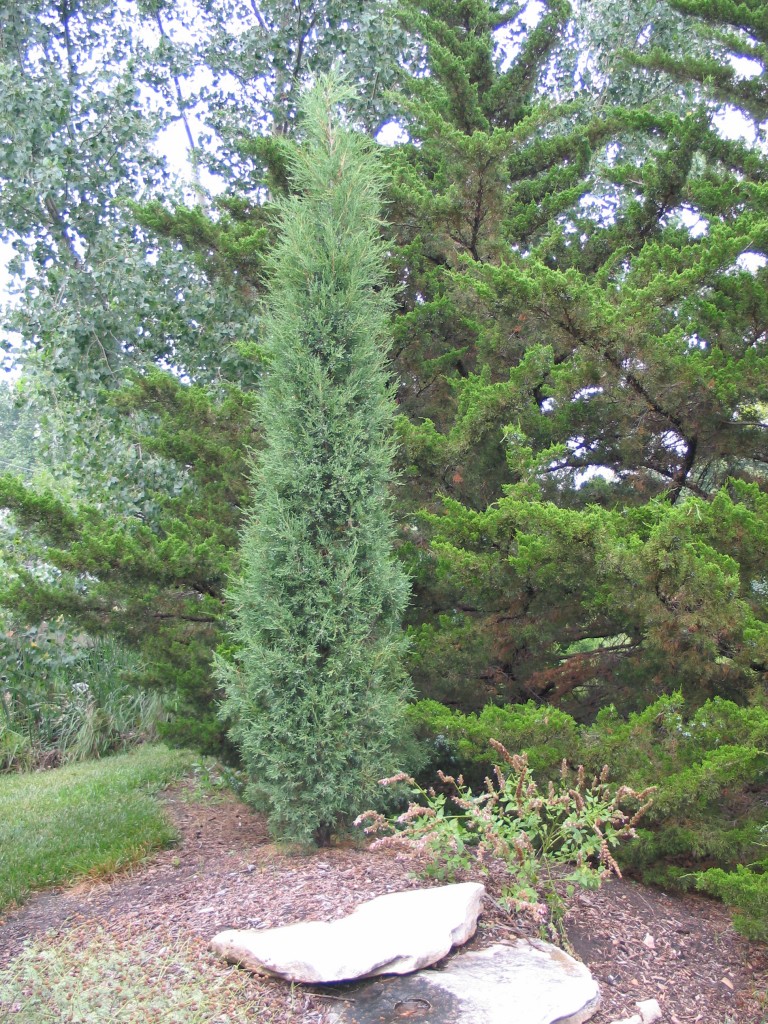
How to water in winter
Use garden hoses to connect to sprinklers and water nozzles. These can be easily disconnected from the hydrant. Obviously, irrigation systems will be damaged by freezing temperatures, so don’t restart any underground automatic sprinkler systems.
Established turf and trees, especially those in sunny, windy, or exposed areas should be a high priority. Watering prevents them from drying out due to unique environmental conditions.
Don’t overwater your plants. Soggy soils and heavy clay soils that stay wet for long periods of time will cause root rot and fungal issues.
Water as needed with one-half inch to one inch of moisture to rehydrate the top few inches of soil.
Remember to remove hoses from spigot so pipes don’t freeze. Drain hoses of water to eliminate freeze damage to hoses as well.
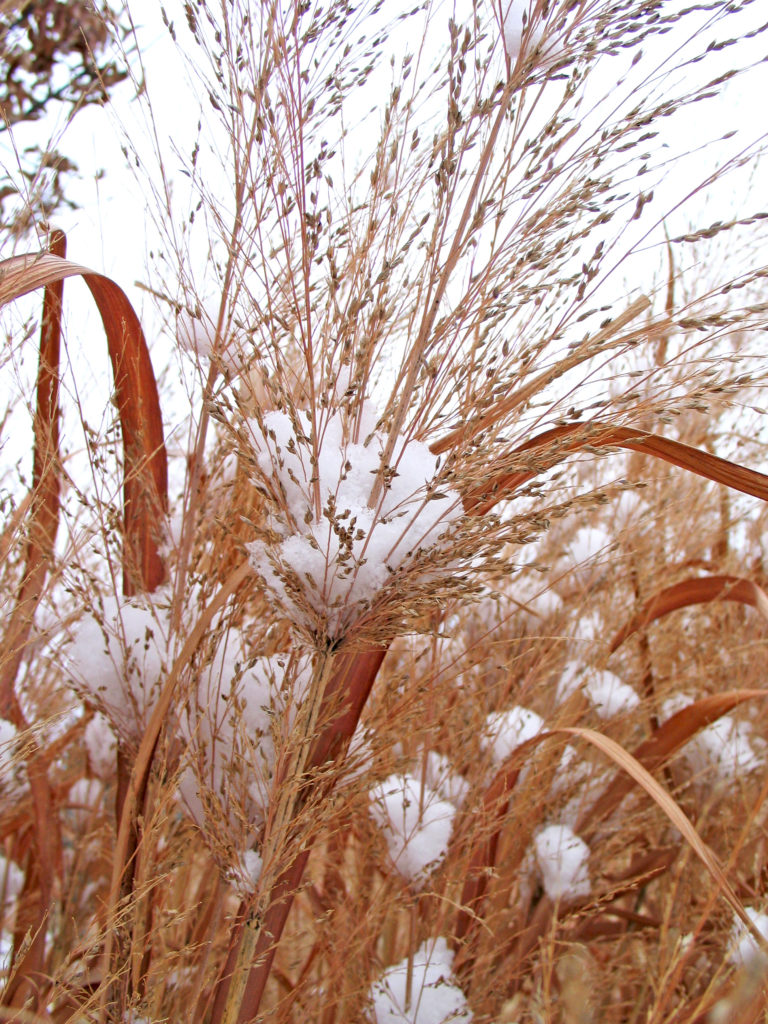
The winter landscape can be stark and often forgetten since it is not producing flowers or new growth. However, dormant plants are still using water and can be damaged by prolonged periods without moisture. Hopefully, we get some rain or snowfall, but it takes around 10 inches of snow to equal one inch of rain.
Don’t forget about your plants in this busy season of the year, keep checking those plants and the soil around them. We don’t want you to be surprised by dry, dead or desiccated plants next spring. A little winter watering now will keep you from replacing plants next spring.

